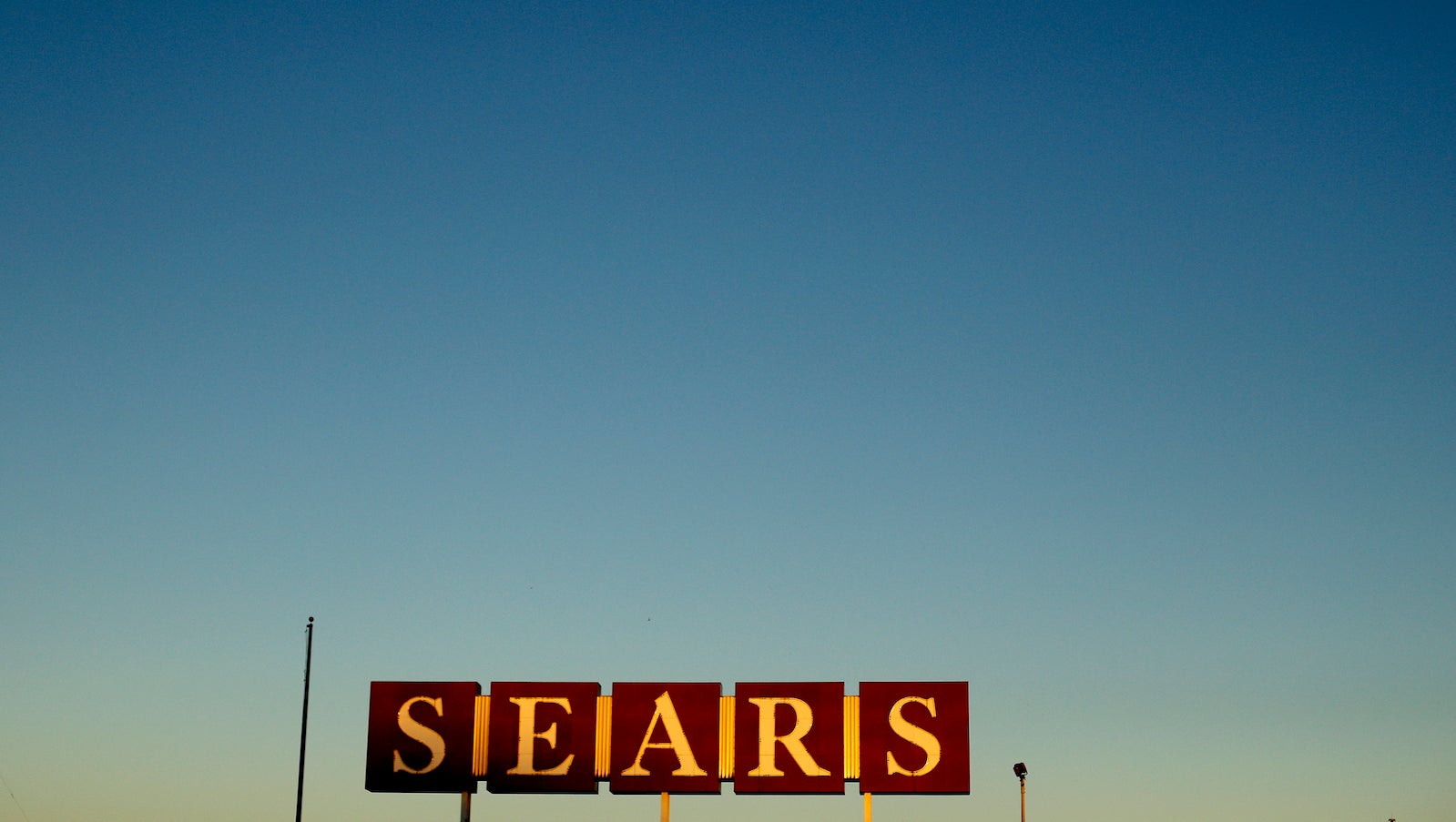Good news, landlords! The Sears bankruptcy could free up 100 million sq ft of space
At its peak in 2011, the combined total of Sears and Kmart stores numbered almost 4,000. It was closer to 900 at the start of this year, yet that’s still a lot of stores.


At its peak in 2011, the combined total of Sears and Kmart stores numbered almost 4,000. It was closer to 900 at the start of this year, yet that’s still a lot of stores.
And that’s a lot of vacant mall space to fill now.
Sears filed for bankruptcy earlier this week with more than $11 billion in liabilities and now plans to close nearly 200 stores by the end of 2018. One analyst, Ki Bin Kim, estimated the bankruptcy could eventually lead to more than 100 million sq ft of freed-up space.
That’s a lot of potentially empty space across the US—and may even be good news for the owners of those malls. Sears, because of its history and sheer scale, is an anchor tenant at malls that has tended to get a good deal, as its customers drive foot traffic to other retailers.
Bloomberg Intelligence estimates that Sears pays around $5 per sq ft in rent, noting the average for “top-quality malls” is closer to $50-60 per sq ft. “It is an opportunity to raise rent,” Bloomberg Intelligence Lindsay Dutch said.
It could take awhile. Toys R Us filed for bankruptcy in September 2017 and gave up all hope of salvaging the business in March this year (paywall), saying it will close or sell its remaining 880 stores. It is nowhere close to finishing that process. Dutch told Bloomberg it could take a year and a half for Sears to shut itself down—if it decides that—meaning it will take a long time for landlords to benefit from higher rents. “I think all of them closing at once is obviously going to be a lot harder to handle than a few here and there,” Dutch said.
And who knows what the landscape could look like then. Retailers are suffering like never before, leading to empty storefronts across some of America’s most prestigious streets (many Fifth Avenue locations in New York sit vacant) and renewed worries about the future of the department store.